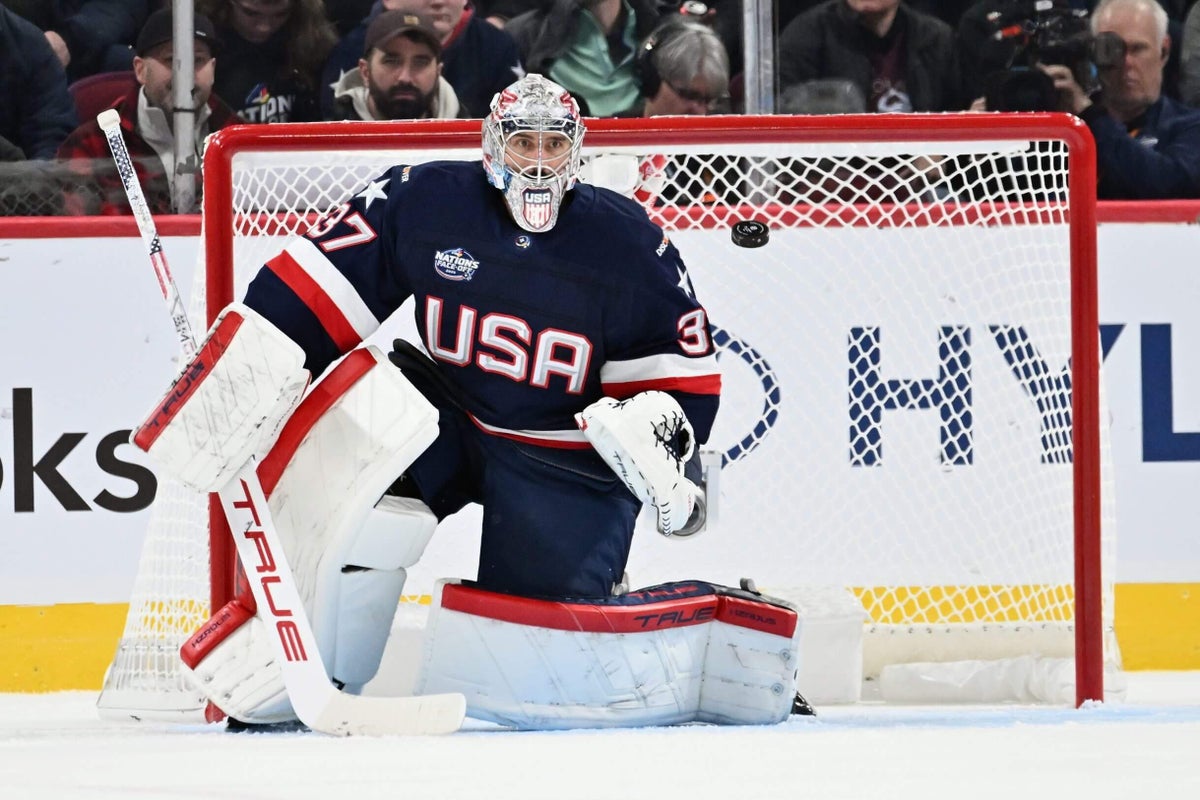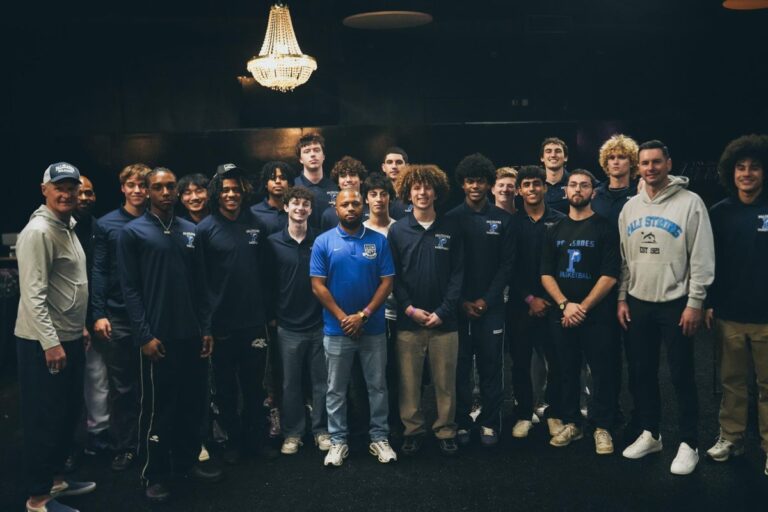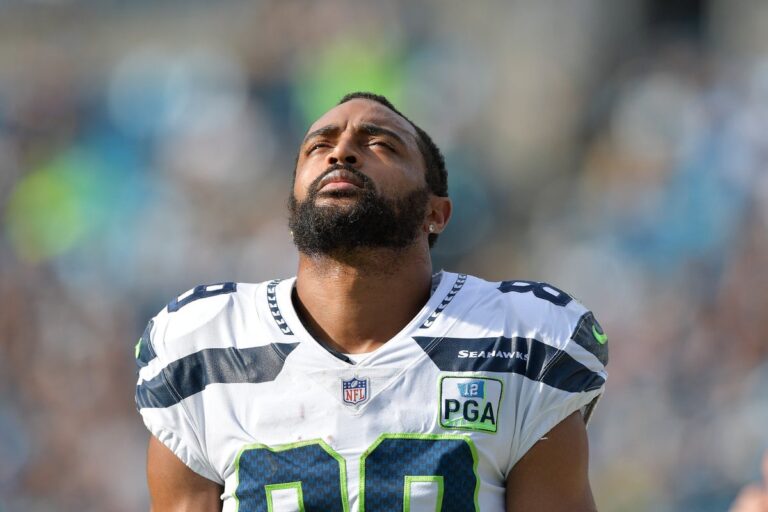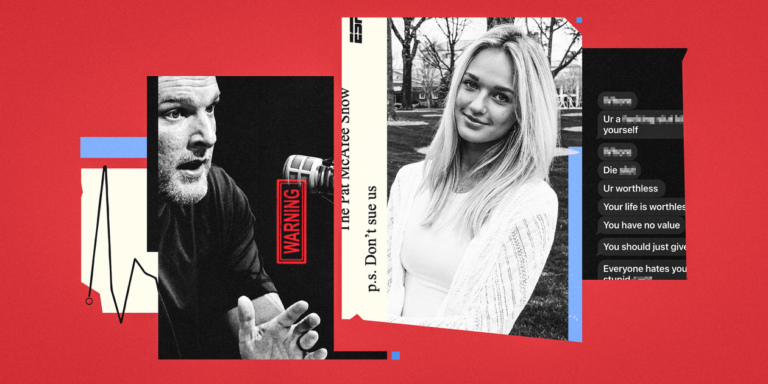Here is the plain text result:
A decade ago, some of the brightest minds in American goaltending locked themselves in a hotel room in Ohio and didn’t come out until they had rewritten the way goalies were being developed in the United States.
It happened inside a suite at the Hyatt Regency in downtown Columbus in May 2015. The group gathered around a table in the living room portion of the suite. On one side sat Mike MacMillan, national coach-in-chief at USA Hockey. Across from him were longtime goaltending coaches Steve Carroll, Billy Switaj and Kevin Reiter, and longtime scout, coach and TV analyst Dave Starman.
Those 48 hours were one of my favorite moments of my entire hockey life. We needed goaltending to be narrowed. It was just too broad. There was a lot going on and we figured if we don’t start to get this under one umbrella, we have a set formula on how we want to develop goalies, we’re not going to do it well.
In those 48 hours, the group rewrote the coaching education curriculum for goalies and developed what would eventually become the American Development Model (ADM) for goaltending. Their biggest focus was educating youth coaches around the country on how to design drills that better serve their goalies, even if they have no goaltending expertise of their own.
Fast forward 10 years, and the United States is producing elite goalies like they’re coming off a factory conveyor belt. The United States entered the 4 Nations Face-Off tournament this week in Boston and Montreal with three stars to choose from in net, and plenty of other talented netminders who didn’t make the cut.
Connor Hellebuyck, who stopped 20 of 21 shots in the tournament-opening win over Finland, leads the way. He’s having a historically great season for Winnipeg, with 35.89 goals saved above expected (no other goalie has more than 27), on track to become the first goalie since Martin Brodeur in 2008 to win three Vezina Trophies.
At 26, Jake Oettinger has already cemented himself among the league’s elite in Dallas. In an era in which most teams are turning to goalie tandems, Oettinger is proving to be a workhorse capable of carrying his team on a nightly basis. Jeremy Swayman burst onto the scene over the last two seasons for the Bruins, signing an eight-year, $66 million contract in October.
The last generation of American goaltenders – headlined by Jonathan Quick, Ryan Miller and Craig Anderson – took a step in the right direction, but the current generation is on a different level, and the next wave of American goalies could be even better.
Dustin Wolf, age 23, is living up to the hype in his rookie season in Calgary. The California native is having one of the better debut seasons we’ve seen from a goalie in the last decade. Spencer Knight (23), Drew Commesso (22), Jacob Fowler (20), and Trey Augustine (19) are all elite goalie prospects at various stages of development.
How did we reach this point? It starts with coaching at the grassroots level, which improved greatly after that 2015 meeting in Columbus.
The big thing was educating coaches. You don’t have to be a goalie coach, but you need to be educated enough to give the goalies some type of feedback, and think about them and incorporate them when you’re coming up with your practice plan.
How many goalies are there in the USDP? And how many will there be?
Source link




